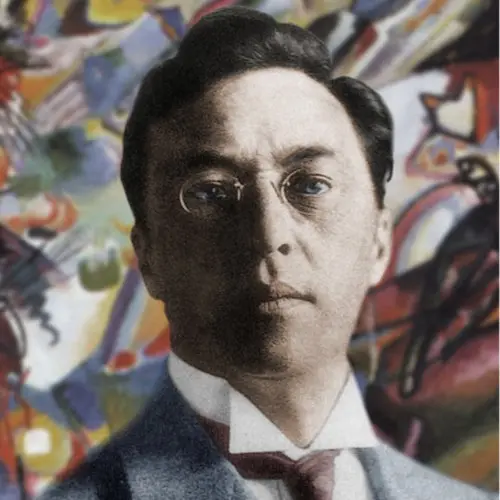Website design is a creative field that draws inspiration from various sources, including art, architecture, and technology. While it may seem that the world of art and website design are vastly different, there is a significant overlap between the two. In this blog post, we will explore how famous artists have left their mark on website design and how their innovative ideas, aesthetics, and principles have shaped the digital landscape.
Piet Mondrian: The Pioneering Spirit

Piet Mondrian was a Dutch painter known for his geometric abstract art. His iconic compositions, featuring primary colors and bold, black lines, have had a profound influence on modern website design. The Mondrian-inspired design approach uses a grid-based layout with clean lines, vibrant colors, and simplicity. This minimalist approach not only makes websites visually appealing but also enhances user experience by providing clarity and organization.
Salvador Dalí: Surrealistic Web Design

Salvador Dalí was a master of surrealism, known for his dreamlike and bizarre paintings. His work has inspired website designers to experiment with unconventional and surreal elements. Surrealistic web design often incorporates unexpected visuals, animations, and interactive elements that challenge traditional design norms. It engages users in a unique and immersive experience, leaving a lasting impression.
Wassily Kandinsky: The Birth of Abstract Web Design

Wassily Kandinsky, a Russian abstract artist, believed that art could be non-representational and purely abstract. His ideas on color theory and composition have influenced abstract web design. Abstract web design takes cues from Kandinsky’s use of color harmony and geometric shapes, creating visually striking and emotionally engaging websites. The use of abstract art elements helps convey complex concepts and emotions through design.
Vincent van Gogh: Expressive Color Palette

Vincent van Gogh’s post-impressionist paintings are famous for their vibrant colors and bold brushstrokes. Website designers often draw inspiration from his expressive color palette, using it to create visually stimulating websites. The use of bright and contrasting colors can evoke different emotions and capture the attention of visitors, making the website memorable and engaging.
Andy Warhol: Pop Art Style

Andy Warhol’s pop art revolutionized the art world by celebrating popular culture and consumerism. His use of repetition and iconic imagery has found its way into web design, where designers use similar techniques to highlight key messages and products. Pop art-inspired websites often feature bold typography, vivid colors, and a sense of playfulness, attracting users’ attention and encouraging interaction.
Leonardo da Vinci: The Art of User Experience

Leonardo da Vinci was not only a master painter but also a visionary inventor and engineer. His emphasis on the intersection of art and science has influenced modern website design, particularly in the realm of user experience (UX) design. Da Vinci’s principles of balance, harmony, and functionality are reflected in websites that prioritize intuitive navigation, responsive design, and a seamless user journey.
Conclusion
Famous artists have left an indelible mark on website design, influencing everything from layout and color schemes to user experience and interactivity. By drawing inspiration from iconic artists like Piet Mondrian, Salvador Dalí, Wassily Kandinsky, Vincent van Gogh, Andy Warhol, and Leonardo da Vinci, website designers continue to push the boundaries of creativity and innovation.
